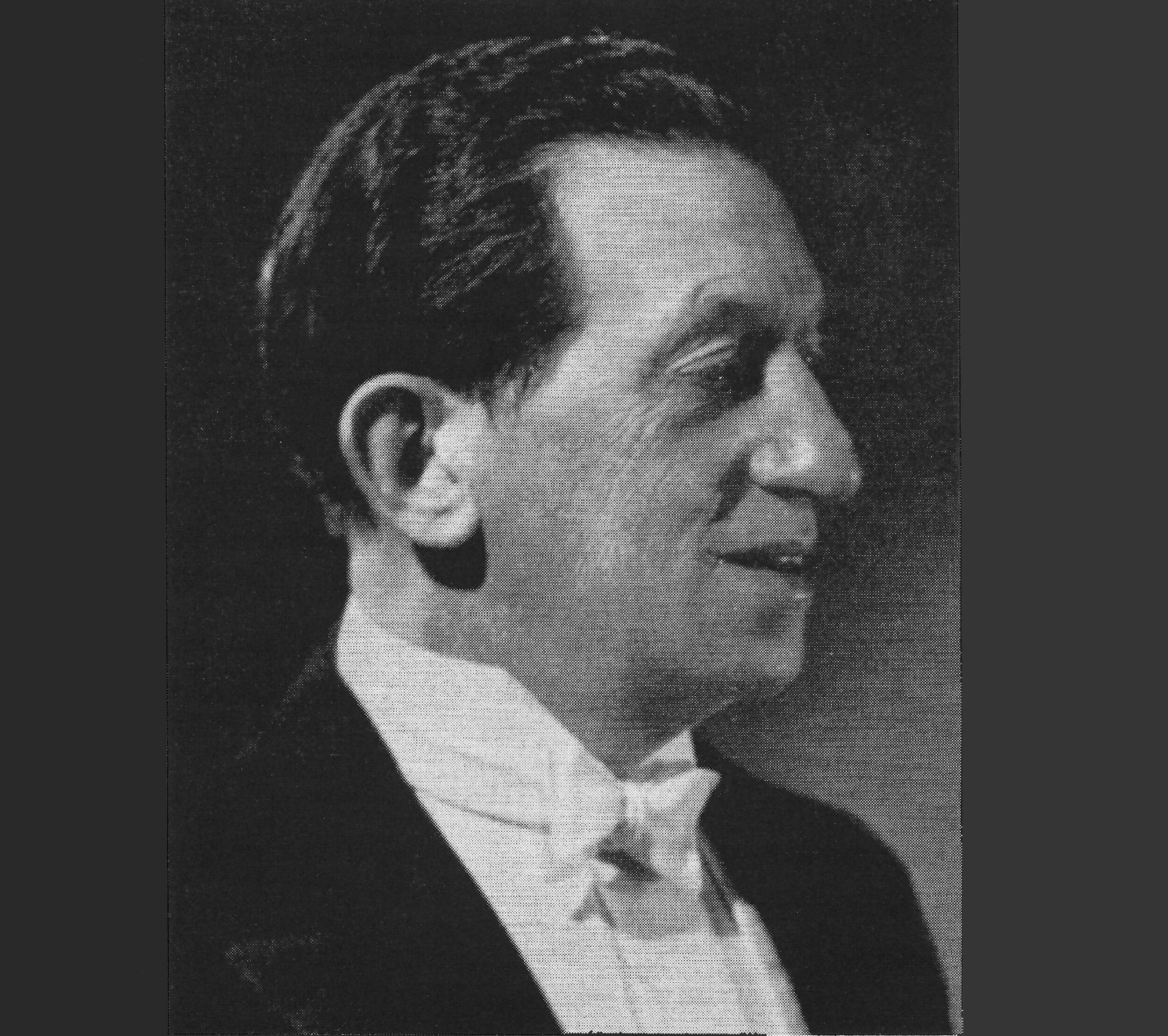In theatrical illusion, misdirection is a method of deceit in which the performer attracts attention of the audience to a certain thing to distract it from something else. Managing audience attention is the aim of all performances, and the most important requirement of all magic acts. It doesn’t matter if the magic is an “pocket trick” variety or the stage is a major productionmisdirection is the main secret. The term describes either the result (the eye’s attention being drawn to an object that is not important) or the sleight of hand or patter (the magician’s voice) that creates the illusion.
It is difficult to say who coined the phrase, however an early reference to misdirection appears in the writings of a renowned writer and illusionist, Nevil Maskelyne: Admittedly, it consists of misleading the viewer’s senses to hide from detection certain details that require secrecy. Around the same time, the magicianand artist Tarbell noted, Nearly the whole art of sleight of hand depends on the art of misdirection.
Magicians who have studied and refined techniques of misdirection include Malini, Derren Brown, Tamariz, Tony Slydini, Tommy Wonder along with Dai Vernon.
Henry Hay describes the central act of conjuring as a manipulating interest.
A few magicians misdirect audience attention in two primary ways. One leads the audience to turn their attention away for a short time, so that they aren’t aware of a sleight or move. The other method alters the viewers’ perceptions, leading the audience into believing that something else is a significant factor in the performance even though it isn’t a factor in the result in any way. Dariel Fitzkee says that the most effective magic is in the skill of his performance in changing the mind of the audience. Additionally, sometimes a prop like magic wands aids in distraction.

Misdirection is at the heart of nearly all successful illusions. Without it, even the a mechanical prop or the most skilled sleight-of-hand is not likely to produce an illusion of genuine magic.
Misdirection exploits the limitations of human brains to create a false picture and memory. The mind of a typical person in the audience can only concentrate on only one thing at a given time. The magician uses this to influence the audience’s ideas or perceptions of sensory input, leading them to false conclusion.
A few magicians have debated over the usage of the term, misdirection, creating many discussions about what it is and how it works. Proficient magician Jon Finch made a distinction between misdirection and direction. One being a negative termas opposed to the other, positive. In the end, he sees the two as one thing. If a performer any means, has led the mind of the audience to conclude that he did something he hasn’t done, he has wrongly guided them into that beliefand, consequently, misdirection.
Tommy Wonder has pointed out that it’s more effective, from the magician’s perspectivein focusing on the positive aim of directing the audience’s attention. He states that misdirection is an untrue direction. It suggests that attention is diverted away from something. Through constant use of this phraseit becomes it is ingrained into our brains that we may begin to think that misdirection is directing the attention away from instead of toward something.
Tony Slydini said that if the magician believe that, the public will believe it and magicians are something that they cannot perceive. The trick is to believe in what the magician is doing and follow the magician. more info
